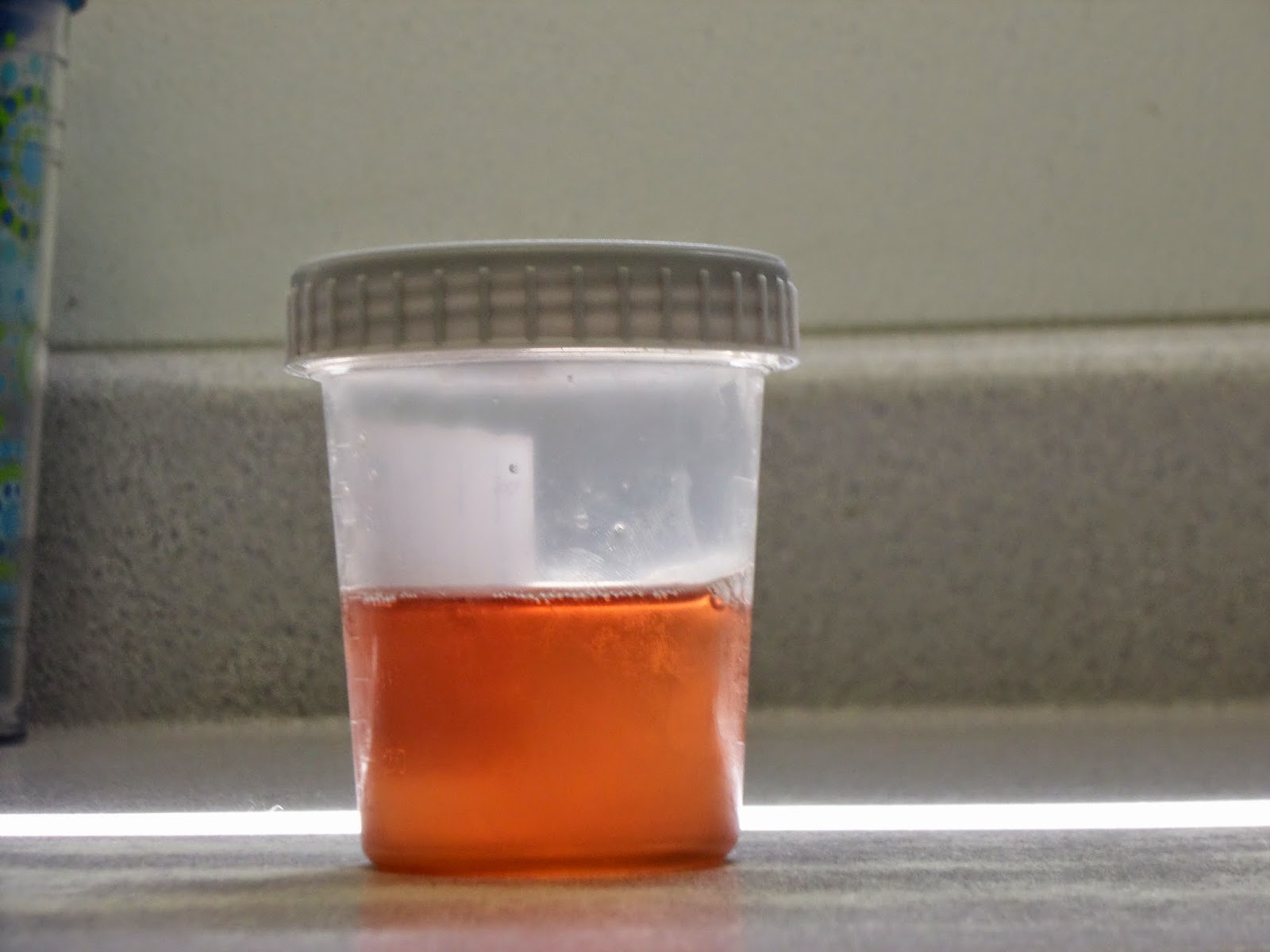With
the big changes in the weather over the past couple of weeks, we have seen a
huge upswing in colic cases. The initial colic evaluations follow this basic
pattern… 1) Take a full physical exam 2) Rectal palpation, with sedation if
needed 3) Pass a nasal-gastric tube to administer oral fluids with drawing
agents, electrolytes, or mineral oil depending on each vet’s preference 4)
Further work up as indicated (blood work, diagnostic ultrasound, sedation,
etc). Depending on the findings, patient comfort level, and option for surgery,
we discuss the next steps of treatment with the clients (surgery, on-farm
management, bringing to the clinic). In the dozen or so cases we have had over
the past couple weeks, I have been able to observe the treatment plans for the
common cause of colic.
We
treat impactions by removing feed, providing free choice water, and tubing once
or twice daily with a combination of water to maintain hydration, electrolytes
to replace what is lost, and Epsom salts to draw fluid into the lumen of the
gut and help pass the impaction. As long as the horse stays comfortable, we can
manage impactions on the farm, but we will bring it into the clinic if the farm
is far away or if we want to tube more frequently. I have gotten quite a bit of
practice passing the tube on the horses in the clinic. This procedure has a
pretty high success rate as long as there aren’t any complications. As I
discussed before, one horse developed a displacement after he passed his
impaction and another’s impaction created a build up of gas in the gut that
became persistently painful. We referred both of these cases to OSU; the first
went to surgery, the second was treated medically, and both did very well.
Unfortunately not all have happy endings. A call to see a 27 year old gelding
that “had ripped something off of his testicle” turned out to be a colic. The
horse was sweaty, covered in mud when we arrived and had torn a squamous cell
carcinoma tumor off of his sheath. Dr. Hill examined and cleaned the area, but
decided to do a rectal when his heart rate remained elevated despite sedation.
The rectal revealed dilated loops of small intestine, which is surgical in most
cases, so the owners elected to euthanize. I was able to palpate the gelding before
we put him down and the dilated loops truly felt like long carnival balloons. Although
we did not perform a necropsy for a definitive diagnosis, his age makes a
strangulating lipoma very likely.
When
the rectal reveals a displacement, we try to refer for further monitoring and
surgery if needed. One gelding we sent in for a left dorsal displacement has
had two previous surgeries for displacement, so Dr. Hill encouraged the owner
to consider a colopexy to tack a part of the colon to the body wall to prevent
future displacements. The last case I will mention was a surprising
displacement. On the rectal, Dr. Hill thought that she could follow the large
colon up between the spleen and the body wall (the spleen should be flush with
the body wall.) Since all we had on the truck was a repro ultrasound, she
performed a rectal ultrasound and found dilated, non-motile loops of small
intestine. She could not visualize colon between the body wall and spleen, she
knew that something was preventing the flow of ingesta and was suspicious of a
nephrosplenic entrapment. We administered some IV fluids and put the horse on a
trailer for Ohio State. When she arrived there she was much more comfortable,
her rectal was within normal limits, and the small intestine on ultrasound was
large and sluggish but not completely non-motile. It goes to show how
therapeutic a trailer ride can be.






































